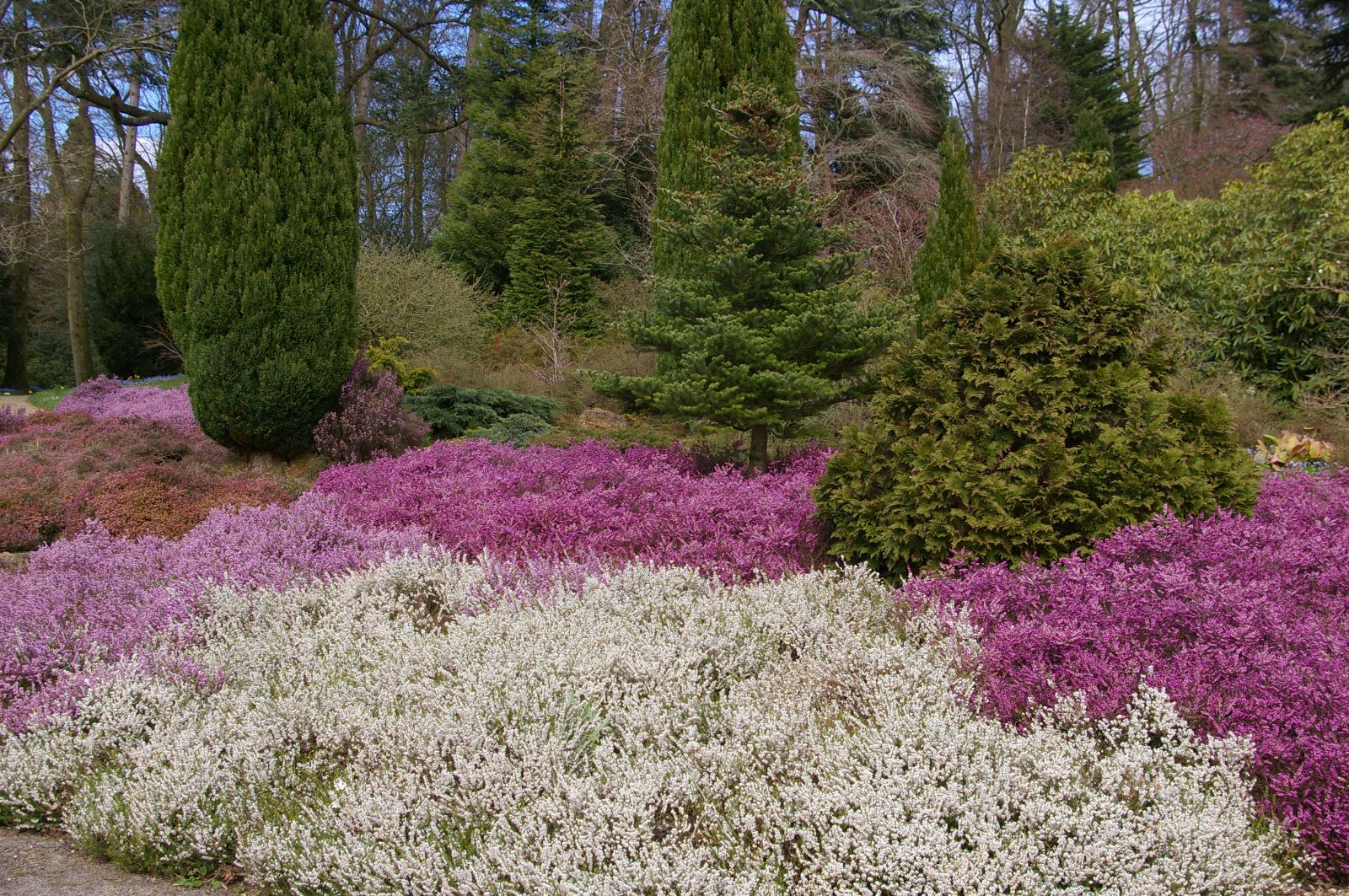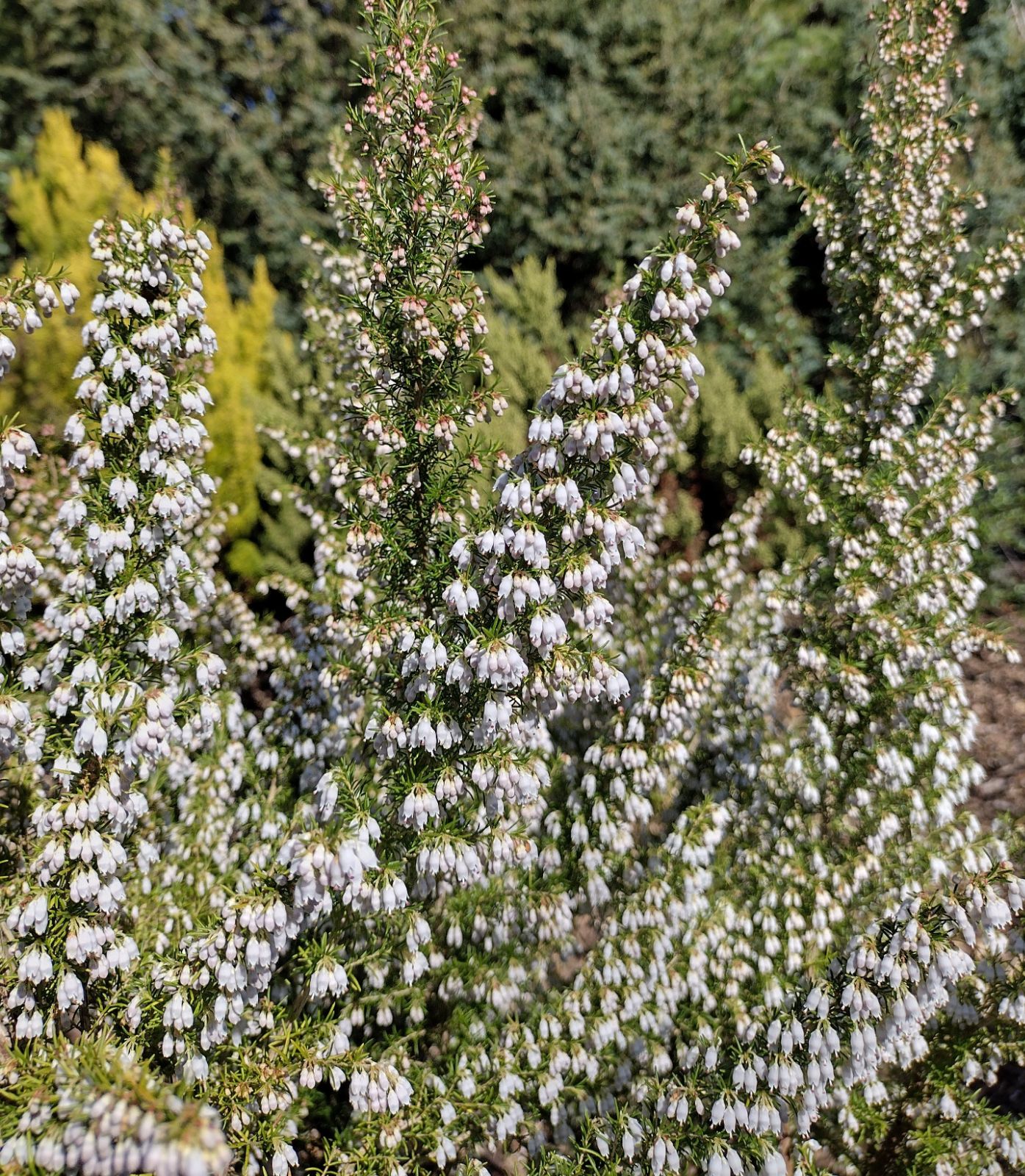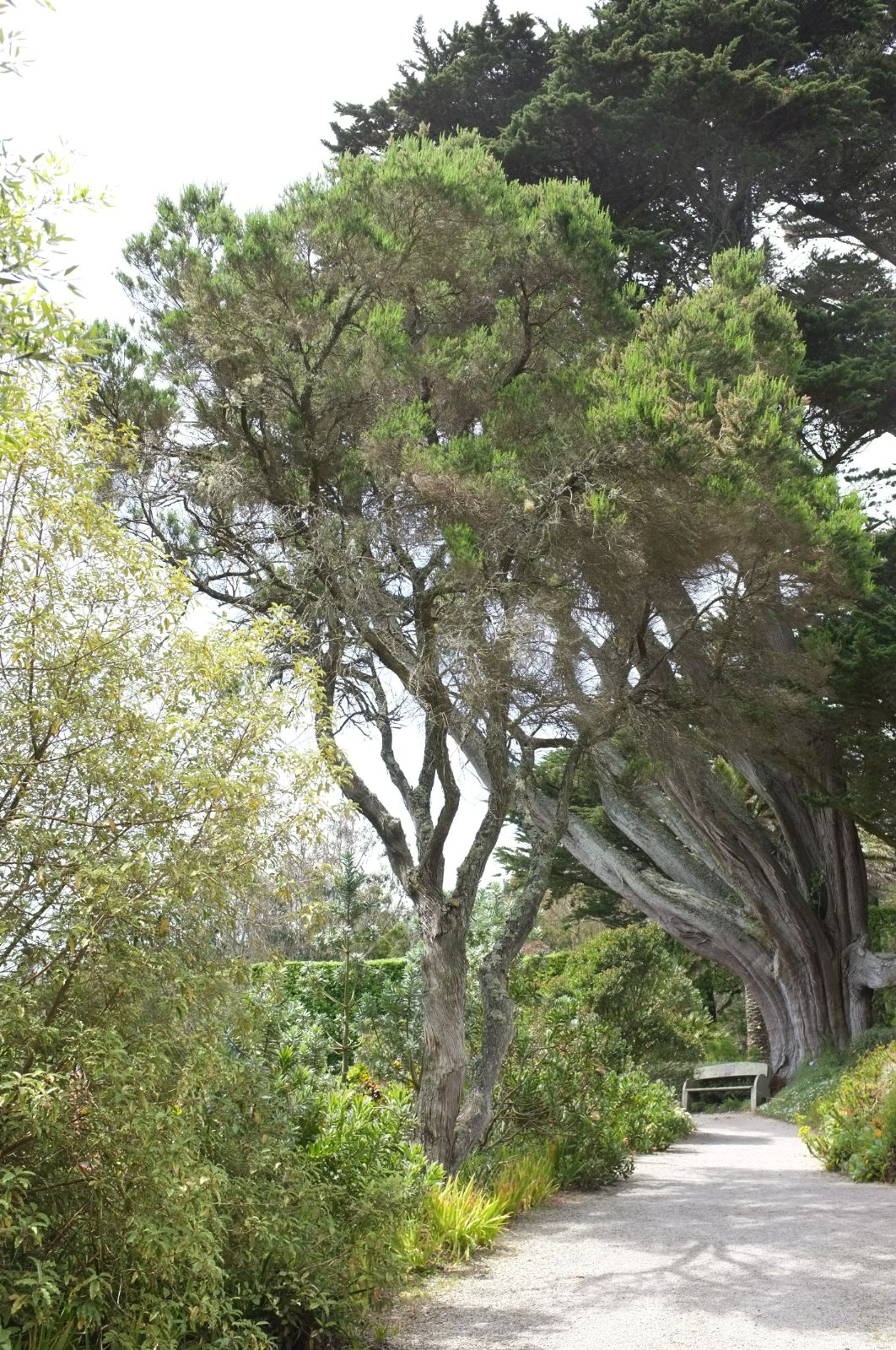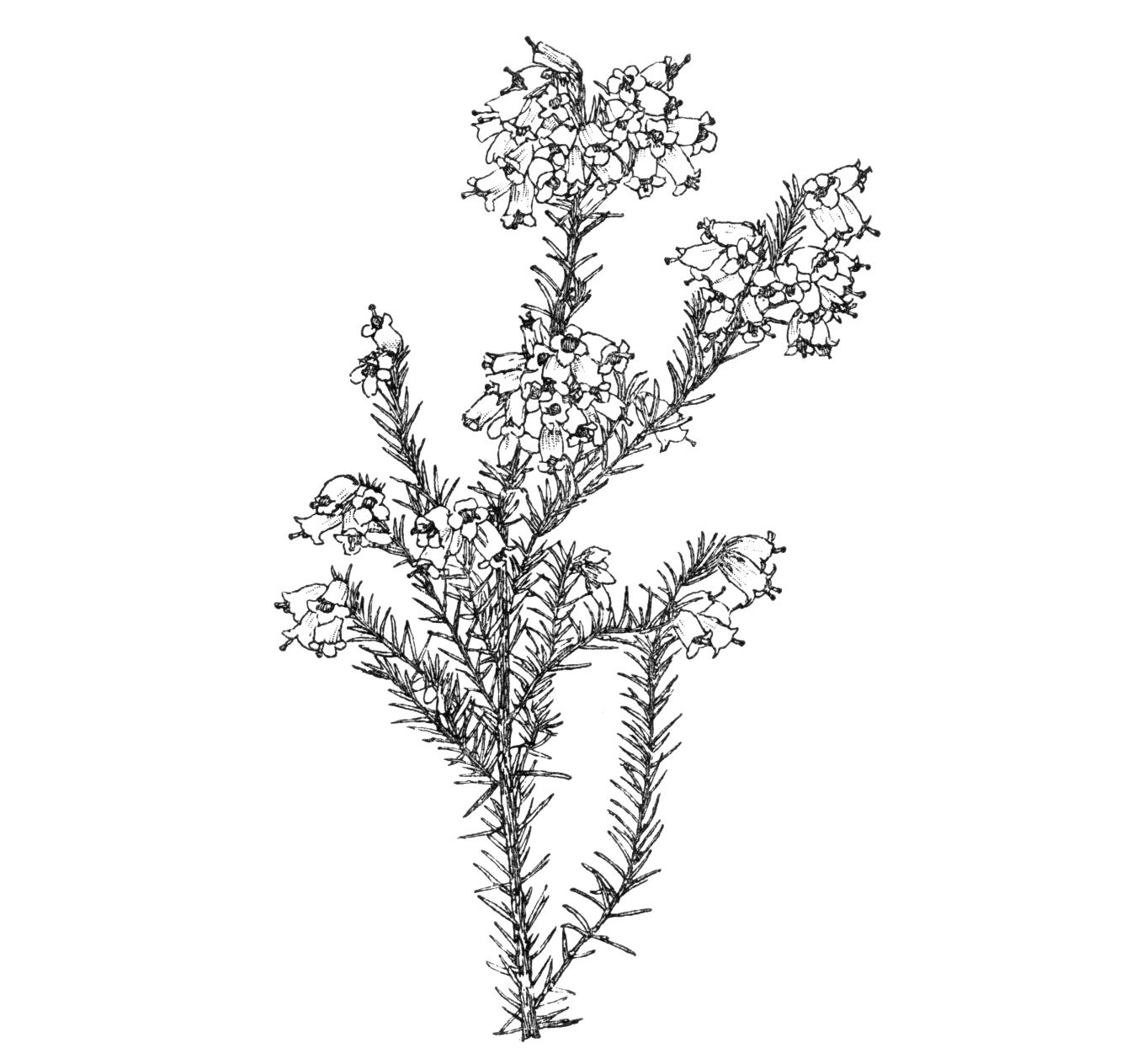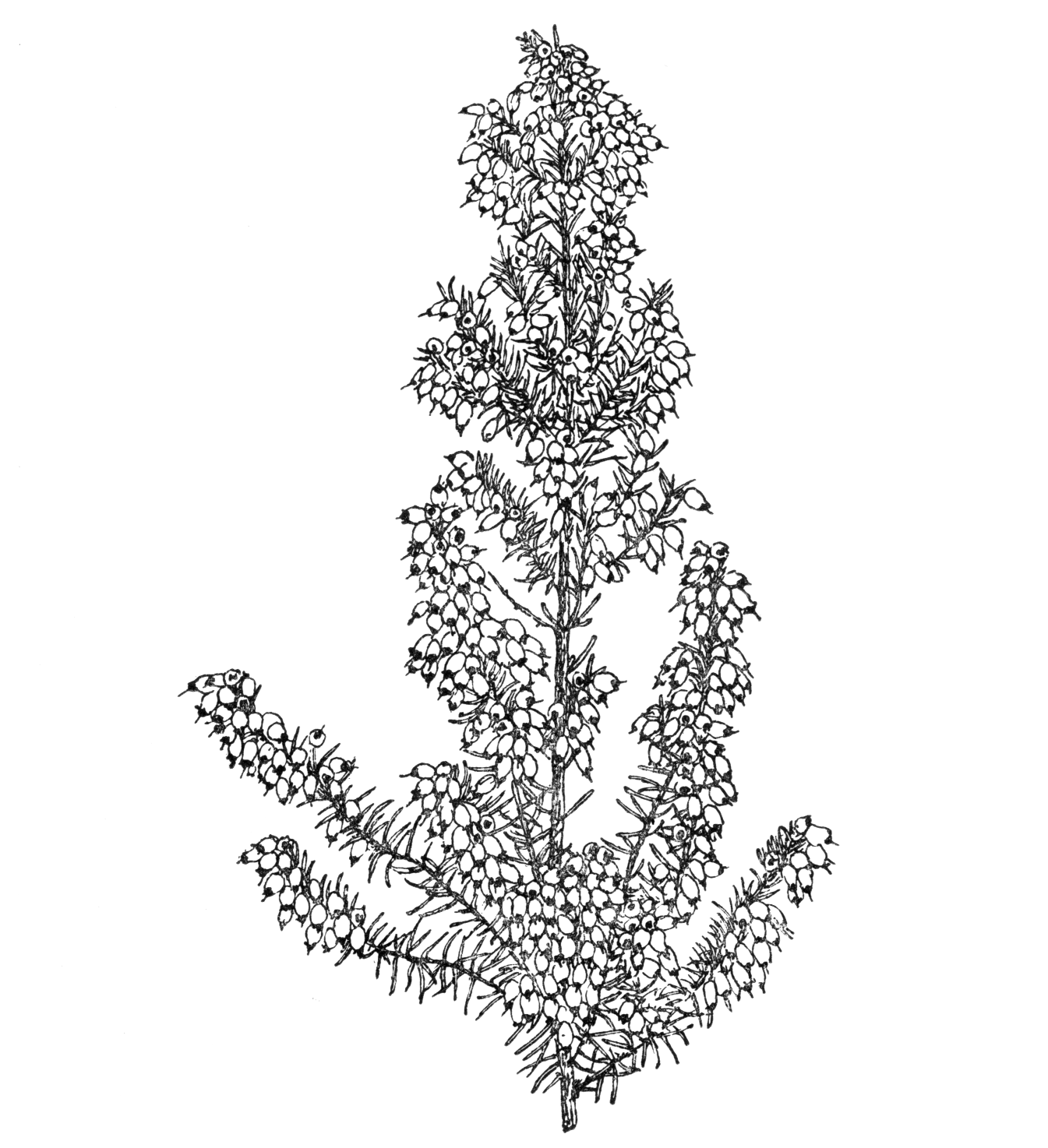Erica
Credits
Article from Bean's Trees and Shrubs Hardy in the British Isles
Recommended citation
'Erica' from the website Trees and Shrubs Online (treesandshrubsonline.
Family
- Ericaceae
Common Names
- Heath
Species in genus
- Erica andevalensis
- Erica arborea
- Erica australis
- Erica canaliculata
- Erica carnea
- Erica ciliaris
- Erica cinerea
- Erica × darleyensis
- Erica erigena
- Erica lusitanica
- Erica mackaiana
- Erica mediterranea
- Erica multiflora
- Erica pageana
- Erica scoparia
- Erica spiculifolia
- Erica terminalis
- Erica tetralix
- Erica umbellata
- Erica vagans
- Erica × veitchii
- Erica × williamsii
Of the several hundreds of known species of heath, the vast majority are native of the Cape of Good Hope; the only hardy ones are of European origin. Of the species described in the following notes, six are natives of the British Isles. These heaths are all evergreen, and are distinct among hardy shrubs for the smallness and the great number of their leaves, which are linear and usually have the margins recurved so as to form a groove at the back; they are arranged in whorls of three or four, sometimes five or six. In stature these hardy heaths range from small trees over 20 ft high, to dwarf semi-prostrate shrubs 2 in. high. The corolla varies from globular to cylindrical, and has usually four small teeth at the contracted opening; it does not fall in the ordinary way, but withers and remains long on the stalk encasing the seed-vessel. Calyx four-parted; stamens eight; fruit a many-seeded capsule.
The best way to use heaths in gardens is to plant them in broad masses. Fine colour effects can be produced in that way by both the early- and late-flowering sorts. But near London, or in places with a similar climate, it would not be wise to plant masses of E. lusitanica, australis, arborea, and the hybrid × veitchii, which are likely to suffer damage in severe winters, nor of E. scoparia, which is scarcely worth it. They thrive in almost any soil that is not calcareous; E. carnea, erigena, × darleyensis and terminalis can be grown even in such soils but only the last named is really tolerant of pure chalk. The soil may have decayed leaves mixed with it, but it should not be enriched by manure. The ideal soil is one of light sandy peat, but that is by no means essential.
In most gardens the soil is too rich for the dwarf heaths, and, in consequence, they grow too fast and soft and become lanky, very different from the dense sturdy plants one sees wild. To correct this, especially in those that flower late, it is advisable occasionally to prune over the plants in spring before they start growth. This makes them break into growth lower down, and tends to keep them dwarfer and more compact. Whilst this annual pruning is more especially needed by E. cinerea, multiflora, vagans, ciliaris, and tetralix, the early-flowering E. carnea and × darleyensis are also improved if treated the same way as soon as the flowers begin to fade; but with them it is not so necessary.
Heaths can be propagated by seeds and by cuttings. The former should be sown in very sandy peat in spring, and kept in a cool frame until germinated; when large enough to handle they should be pricked off into shallow boxes of similar soil, and when 2 or 3 in. high planted out in nursery beds or even in permanent places. But cuttings perhaps are preferable and, of course essential for the propagation of the cultivars. They should be made in July and August, of moderately ripened twigs about 1 in. long; side twigs of that length springing direct from older branches are best. The leaves should be carefully removed from the lower half, and for this work a very sharp knife is essential, so that the leaves are cut cleanly away without tearing the bark of the cuttings. These are then put in pots of very sandy peat, surfaced with silver sand when finished, and placed in slight bottom heat with a bell-glass over them. They will take root in a few weeks, but need not be disturbed until the following spring, when they can be treated as advised for seedlings.
We are grateful to Mr David McClintock for reading the text of Erica and making many helpful comments.
From the Supplement (Vol.V)
recent literature (Erica and Calluna)
Knight, F. P. – Heaths and Heathers. A Wisley handbook (revised edition). London, 1986.
Laar, H. J. van de – The Heather Garden. London, 1978. Reports by the same author on trials held at Boskoop appeared in Dendroflora, No. 7, pp. 7–32 (1970) and (on golden-leaved cultivars) No. 13/14, pp. 17–33 (1977), in Dutch.
Lucas Phillips, C. E. – ‘A Choice of New Heathers’, The Garden (Journ. R.H.S.), Vol. 100, pp. 406–9 (1975).
McClintock, David – ‘Some Aspects of Hardy Heaths’, Journ. R.H.S., Vol. 96, pp. 418–26 (1971).
– – ‘Bell heathers with Split Corollas’, The Plantsman, Vol. 2(3), pp. 182–91 (1980).
Proudley, Brian and Valerie – Heathers in Colour. London, 1974.
Underhill, T. L. – Heaths and Heathers. Newton Abbot, 1971.
Yates, G. – Pocket Guide to Heather Gardening. Ed. 4. Tabramill Gardens, Ambleside, 1978.


